Dutch engineer Ties van der Hoeven proposes transforming 13,500 square miles of Sinai. His plan aims to restore plant and animal life to the desert.
The project could increase rainfall and sequester carbon dioxide. It’s inspired by successful regreening efforts in China’s Loess Plateau.
Lake Bardawil Restoration Sparks Larger Vision
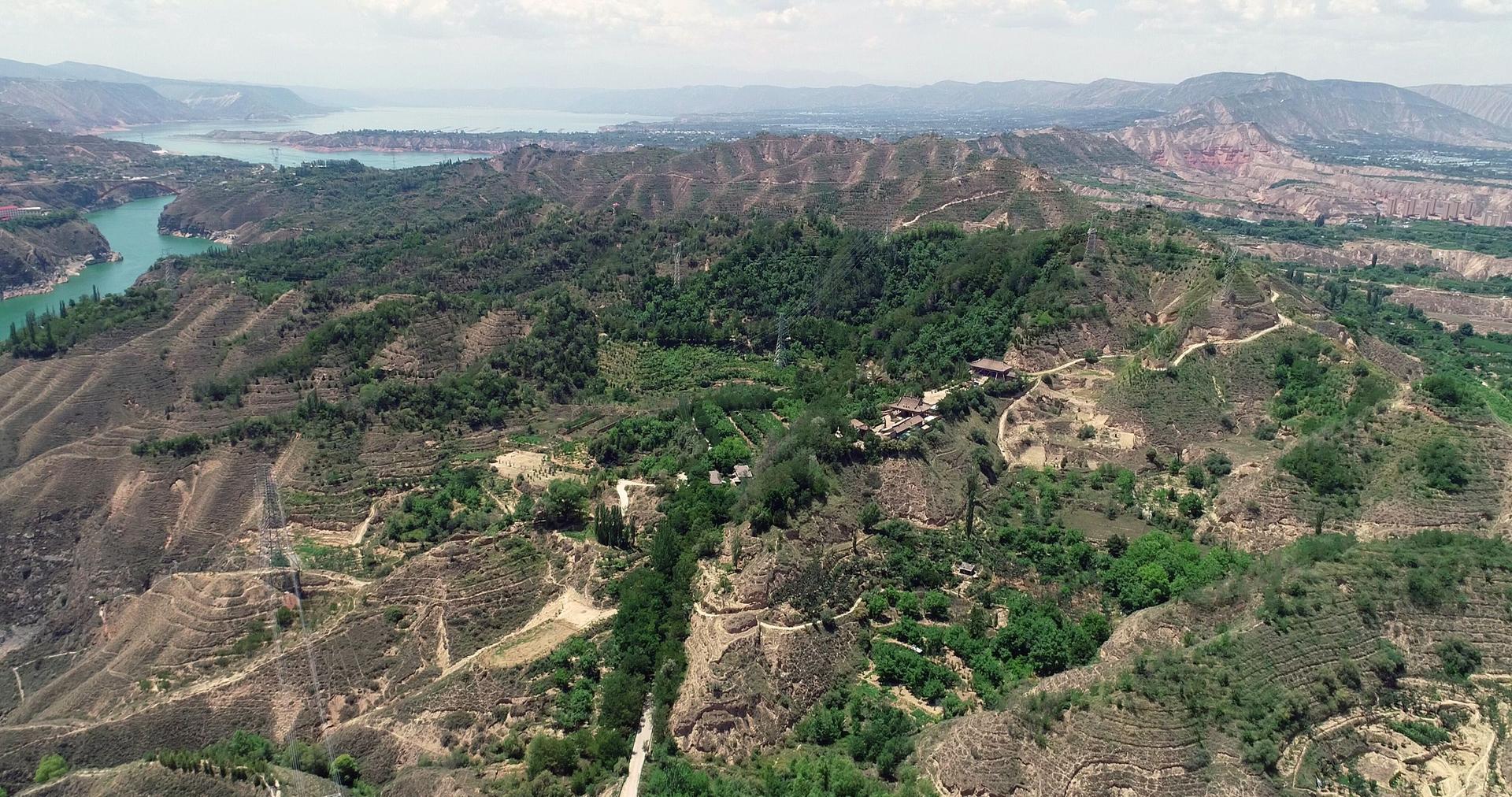
Van der Hoeven initially worked on restoring Lake Bardawil in northern Sinai. The lake has shrunk from 100 feet deep to less than 10 feet in parts.
He plans to use dredged sediments to regreen surrounding areas. This approach could revitalize both aquatic and terrestrial ecosystems.
Decades-Long Process to Transform Arid Landscape
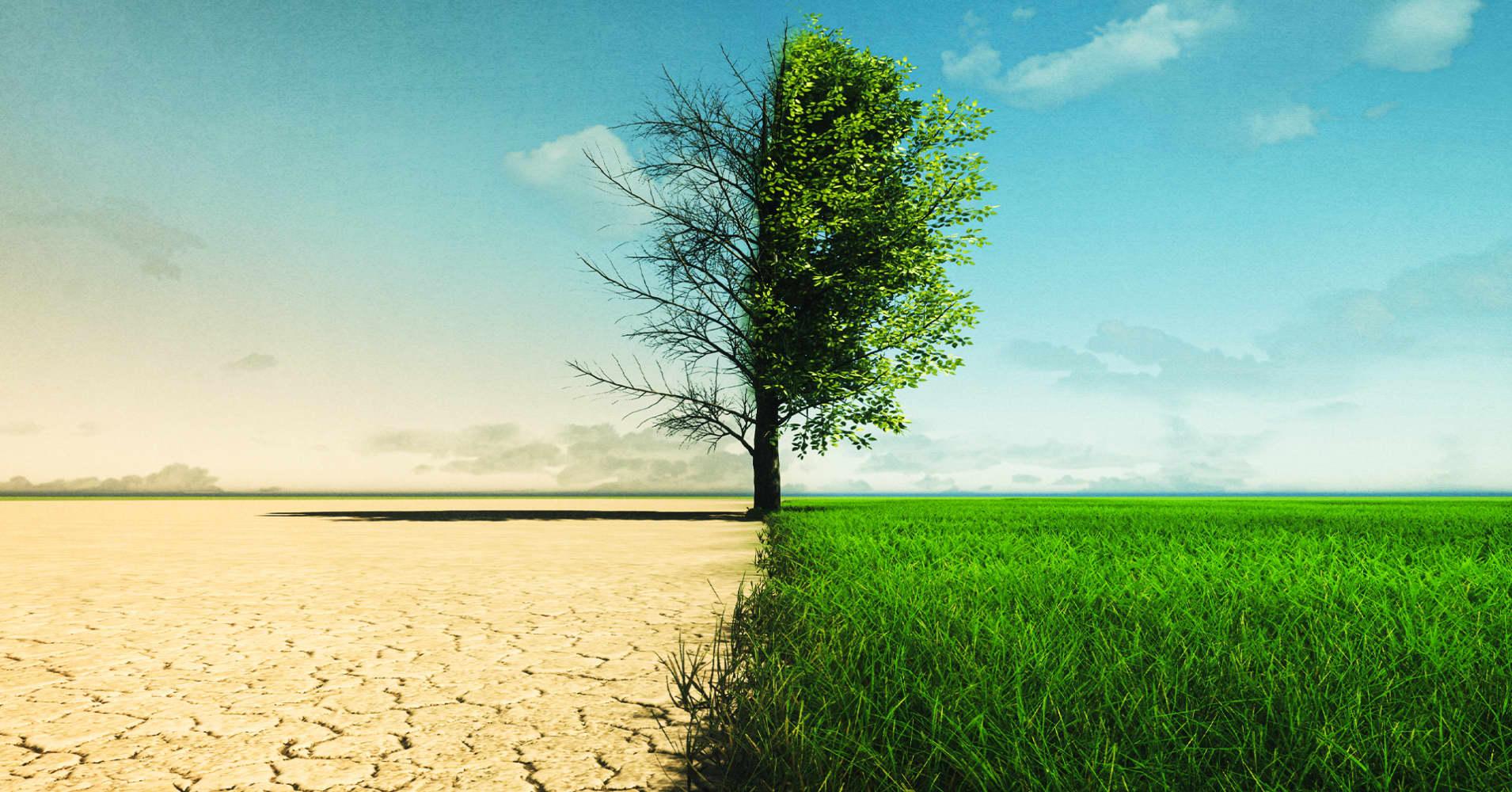
The project estimates 5-7 years to revitalize Lake Bardawil. Wider regreening efforts could take 20-40 years to complete.
Van der Hoeven emphasizes nature will dictate the pace. The timeline reflects the complexity of large-scale ecosystem restoration.
Creating New Soils in Mountainous Regions
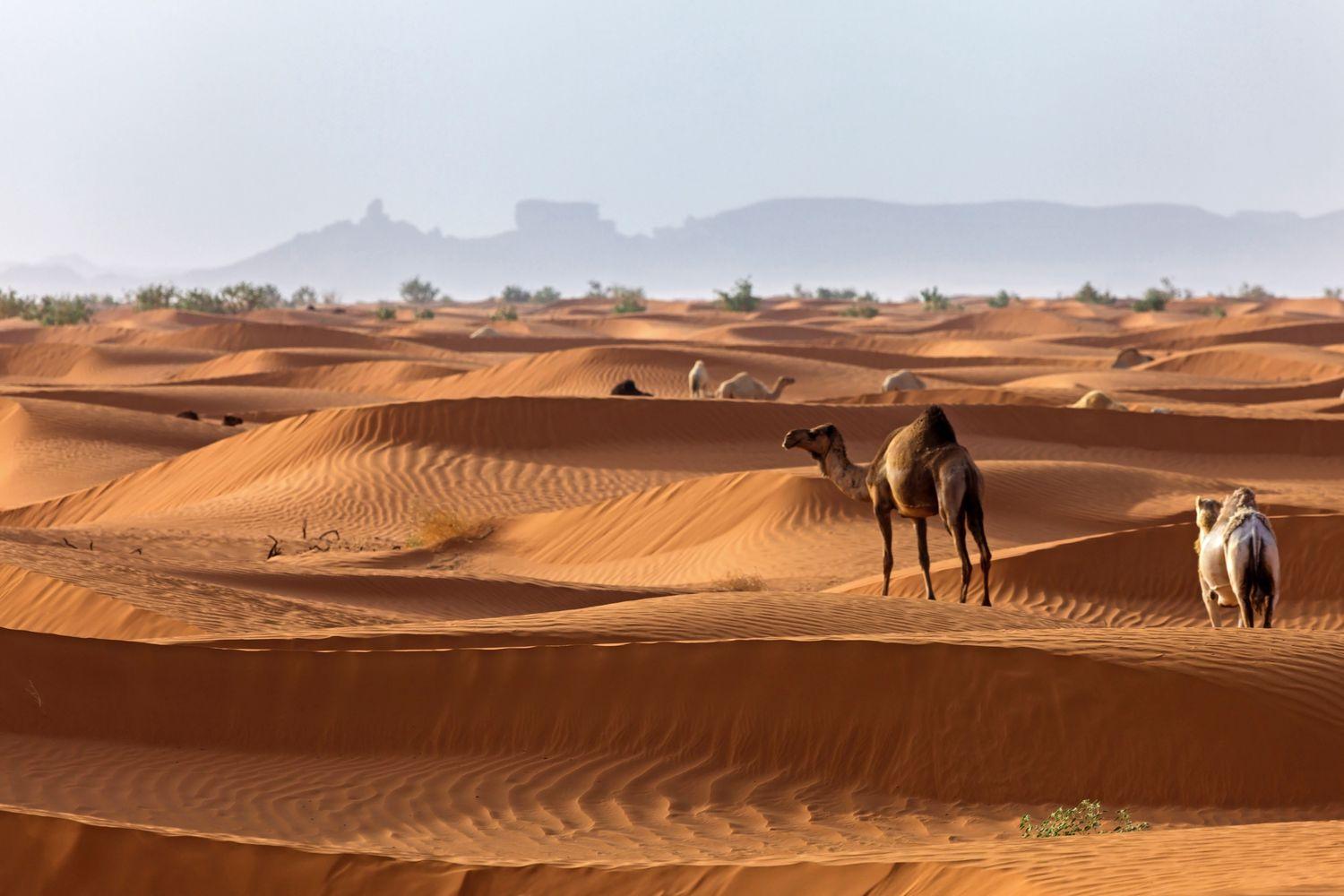
The plan involves layering lake sediments in mountainous areas. This technique aims to create new, nutrient-rich soils.
Salt-tolerant plants will be introduced to reduce soil salinity. Gradually, the land could support a wider variety of vegetation.
Vegetation Expected to Alter Regional Weather Patterns
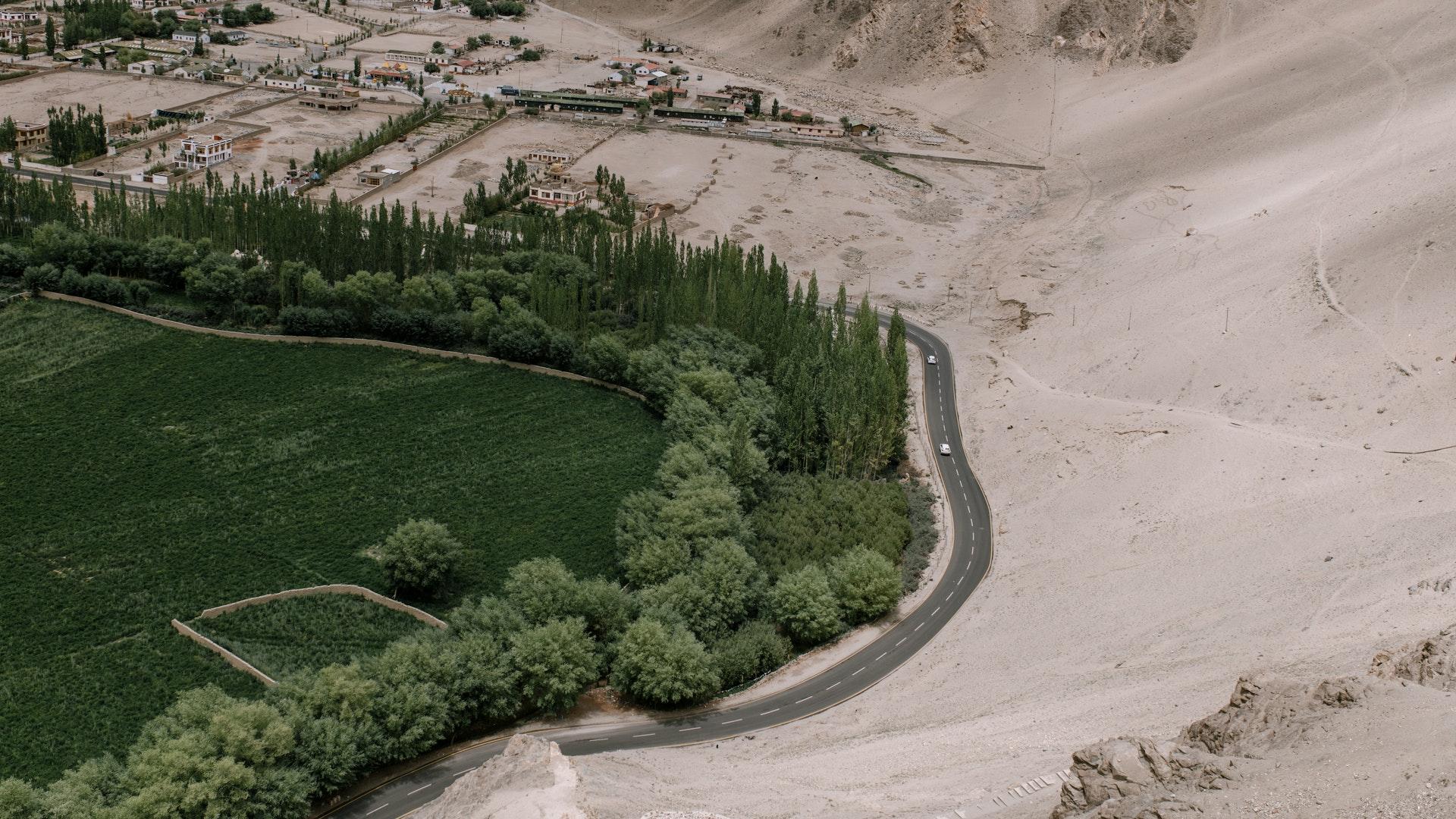
Increased vegetation could lead to more evaporation and cloud formation. The project aims to bring back moisture-laden air flows.
These changes might result in increased rainfall. Altering weather patterns is a controversial aspect of the plan.
Critics Warn of Unintended Environmental Consequences
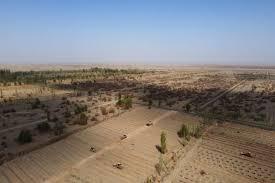
Some experts caution against rapid ecosystem transformation. Concerns include impacts on water resources and existing wildlife.
Changes could affect climate patterns beyond the target area. Critics argue for protecting existing intact ecosystems instead.
Successful Chinese Regreening Project Offers Hope
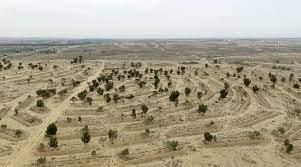
China’s Loess Plateau regreening serves as an inspiration. This project, started in the 1990s, transformed an area nearly California’s size.
It reduced soil erosion and lowered flood risks. The success demonstrates the potential of large-scale restoration efforts.
Regional Instability Poses Challenges to Implementation

Ongoing conflicts in the region complicate the project. The war in Gaza has slowed progress and planning.
Van der Hoeven remains confident the project will proceed. He believes regreening could bring opportunity and prosperity to the area.
Debate Over Desert Transformation Continues
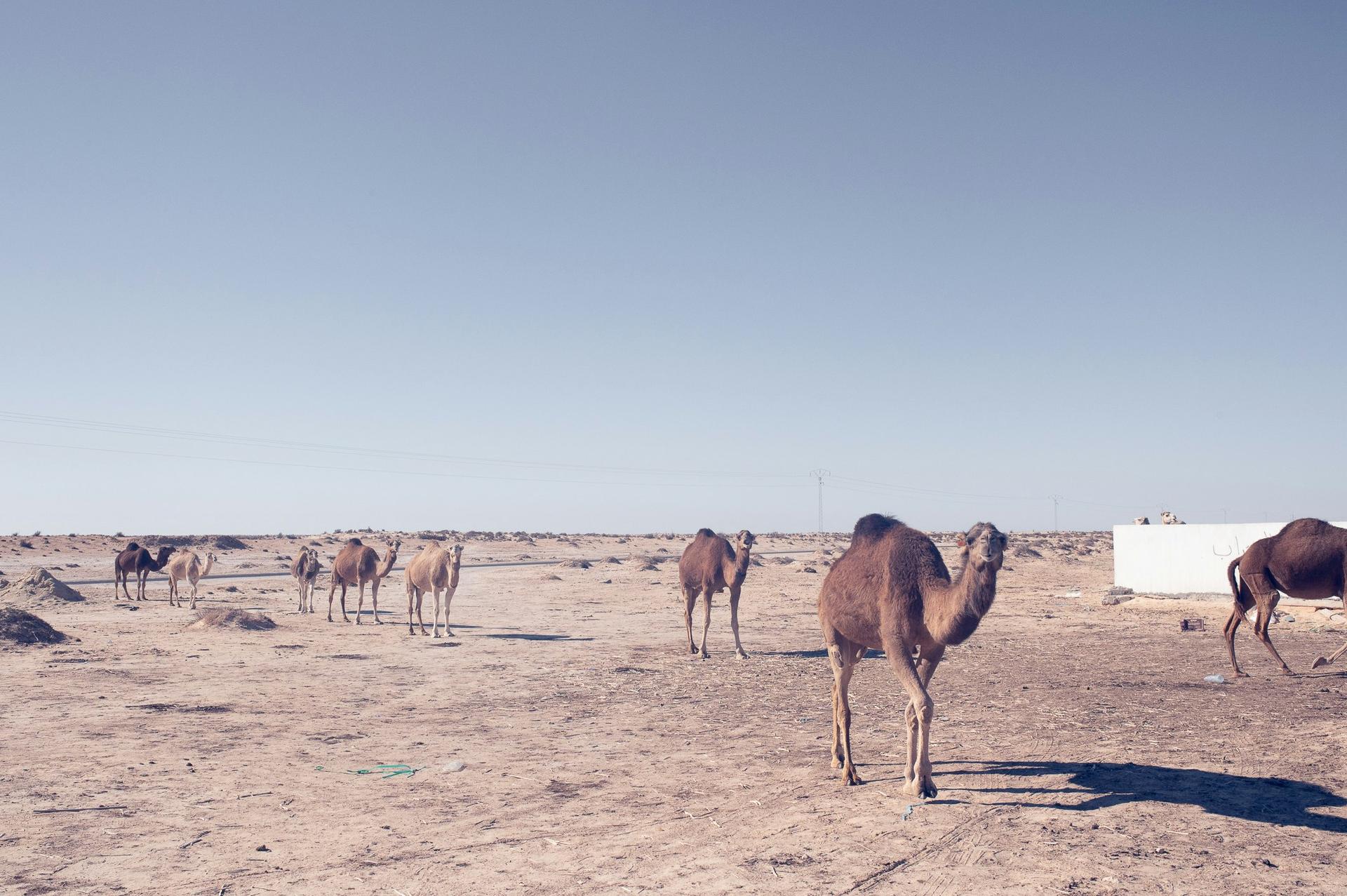
Experts disagree on the ethics of transforming long-standing deserts. Some argue human-caused deserts should be restored.
Others warn of potential negative impacts on global climate. The debate highlights the complexity of large-scale environmental interventions.
Urgent Action Needed Despite Uncertainties
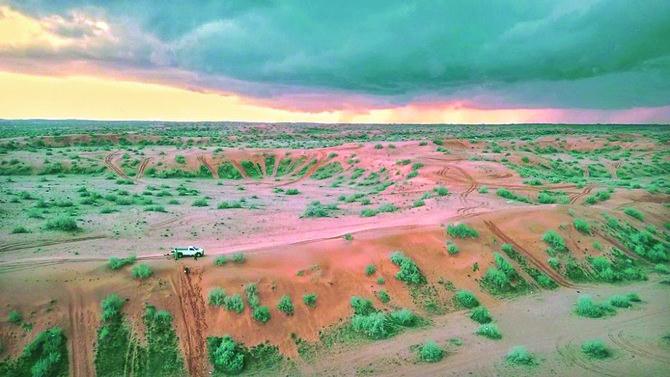
Van der Hoeven advocates for immediate action despite unknowns. He believes large-scale restoration is crucial for addressing global crises.
The UN Environment Programme supports restoration efforts. The project represents a bold approach to combating climate change and biodiversity loss.

